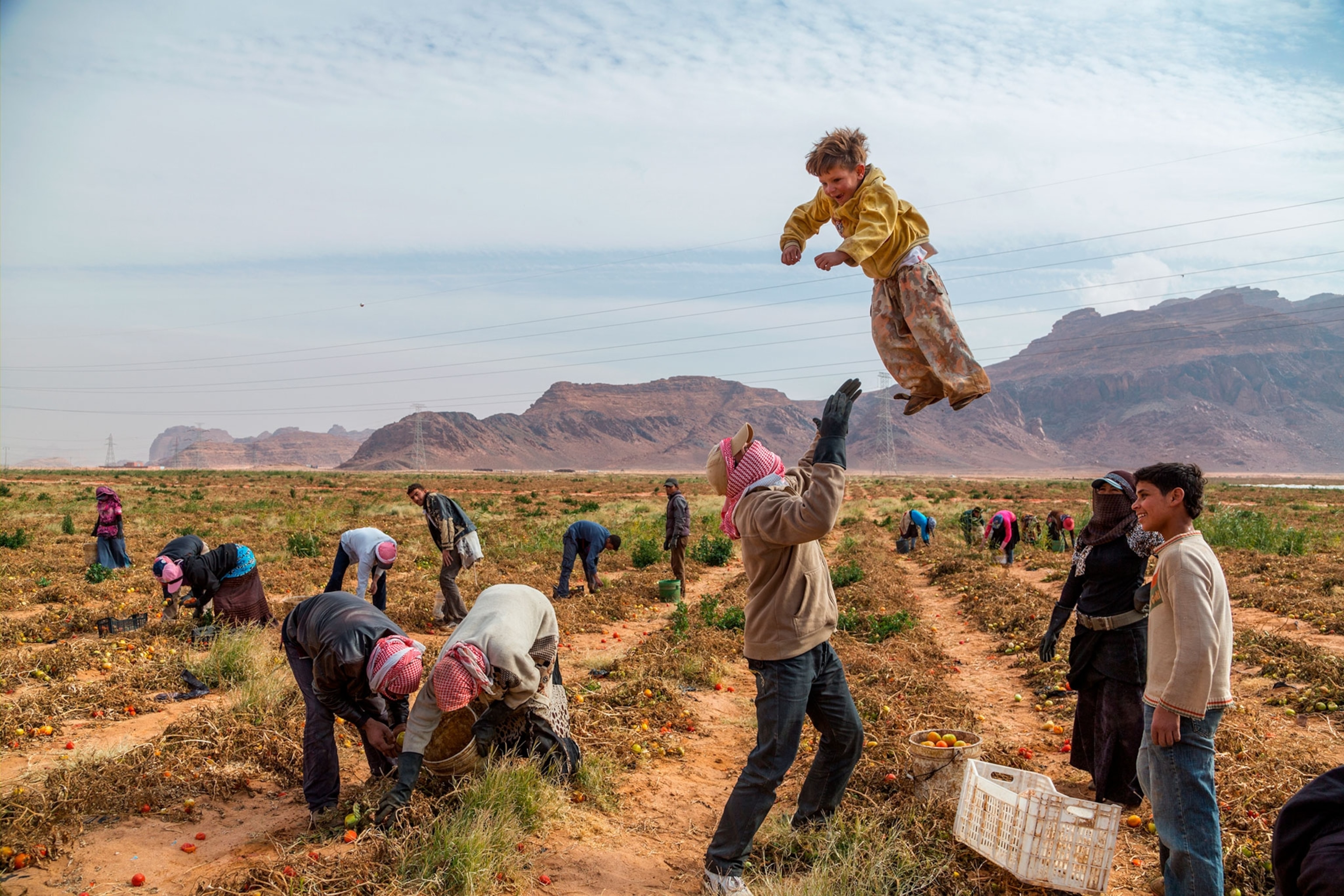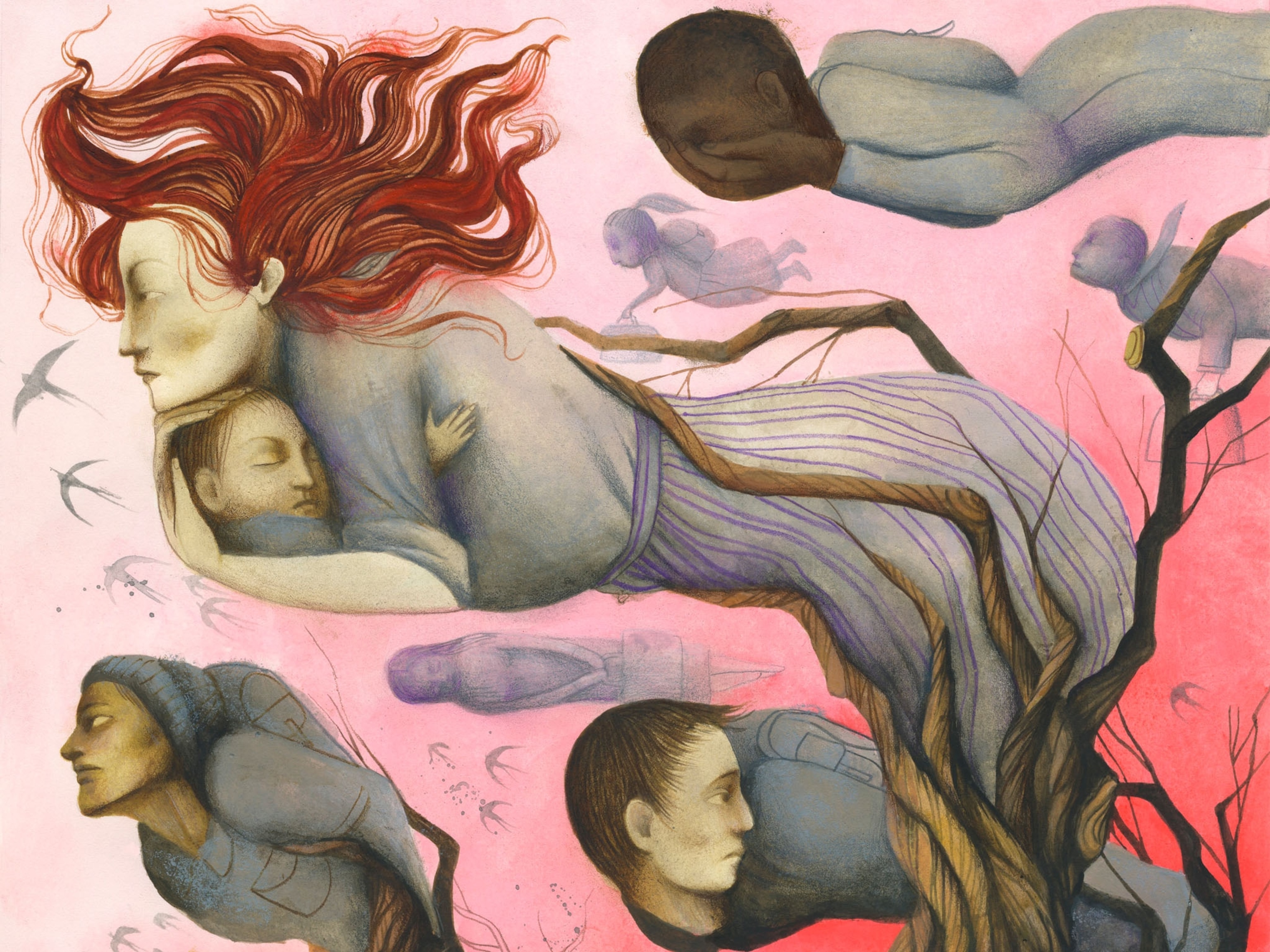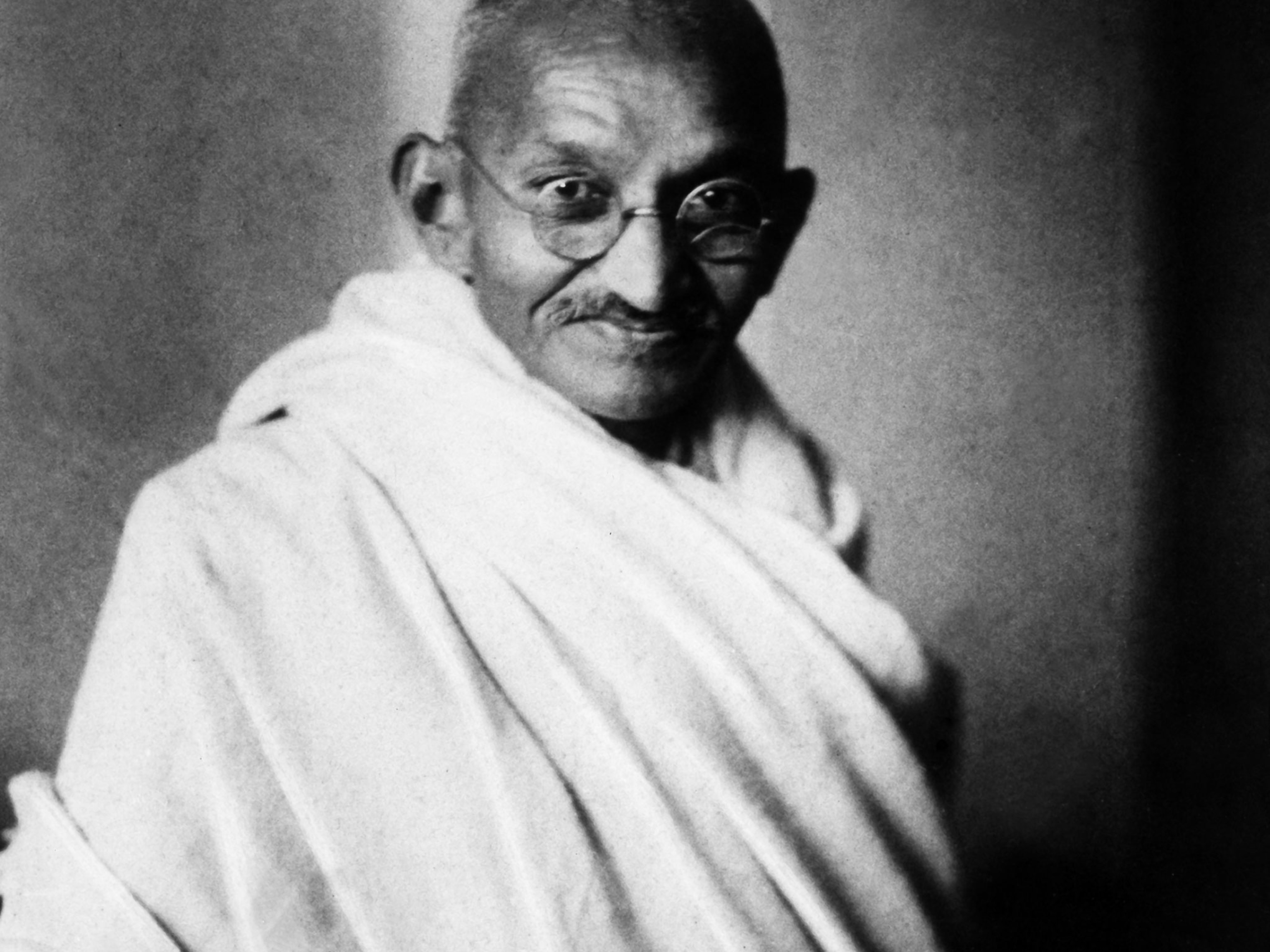A refugee is defined as “one that flees, especially a person who flees to a foreign country or power to escape danger or persecution.” According to the UN refugee agency, 25.4 million people are refugees today.
Throughout history, individuals and groups have left their homes to escape political persecution and other threats. The term “refugee” comes from the Latin word “refugium,” which means “the act of taking refuge,” and was first used in France (“réfugié”) to refer to the Huguenots—French Protestants who fled to other countries after a law protecting their religious liberty was revoked in 1685.
('Things have only gotten worse': French Jews are fleeing their country)
The terms “refugee” and “migrant” have distinct modern legal meanings. Under the 1951 Refugee Convention, a legal document that defines the term and was signed by 145 countries, a refugee is “a person who is outside his or her country of nationality or habitual residence; has a well-founded fear of being persecuted because of his or her race, religion, nationality, membership of a particular social group or political opinion; and is unable or unwilling to avail him- or herself of the protection of that country, or to return there, for fear of persecution.”
Under modern law, refugees must leave their homes; migrants choose to do so, though they may feel forced to do so by conditions such as poverty. And while migrants retain the protection of their home country, refugees lack that protection.
The United Nations Universal Declaration of Human Rights recognizes people’s right to asylum in other countries if they are persecuted. The concept of that right has been in existence since ancient times, as in ancient Greece, when people could find sanctuary at shrines of the gods they worshiped. In 597, King Ethelbert of Kent recognized churches as sacred places and made it illegal to breach their peace, establishing churches as places of sanctuary where people seeking shelter from persecution could not be touched.
Modern refugee law emerged after World War II, when political persecution displaced millions. After the Nazis’ rise to power and the Holocaust, more than 340,000 Jews emigrated from Germany and Austria. During the war, they faced political resistance from countries that did not want to grant them asylum, and at least 100,000 took shelter in countries that were subsequently conquered by Germany. After the war, more than 250,000 Jews became “displaced persons” and were given asylum by various countries.
Since then, war, persecution, and political conflict in places like North Korea, the Democratic Republic of the Congo, Cambodia, Yemen, Syria, Venezuela and others have created tens of millions of refugees. In 2017, asylum-seekers submitted 1.7 million new claims. The United States, Germany, and Italy led the world in asylum applications.
The UN refugee agency estimates that one person is forcibly displaced from home due to conflict or persecution every two seconds. Refugees face challenges relating to poverty, education, language, sexual violence, exploitation and human trafficking, health and more. Those challenges can persist beyond political asylum and resettlement.








